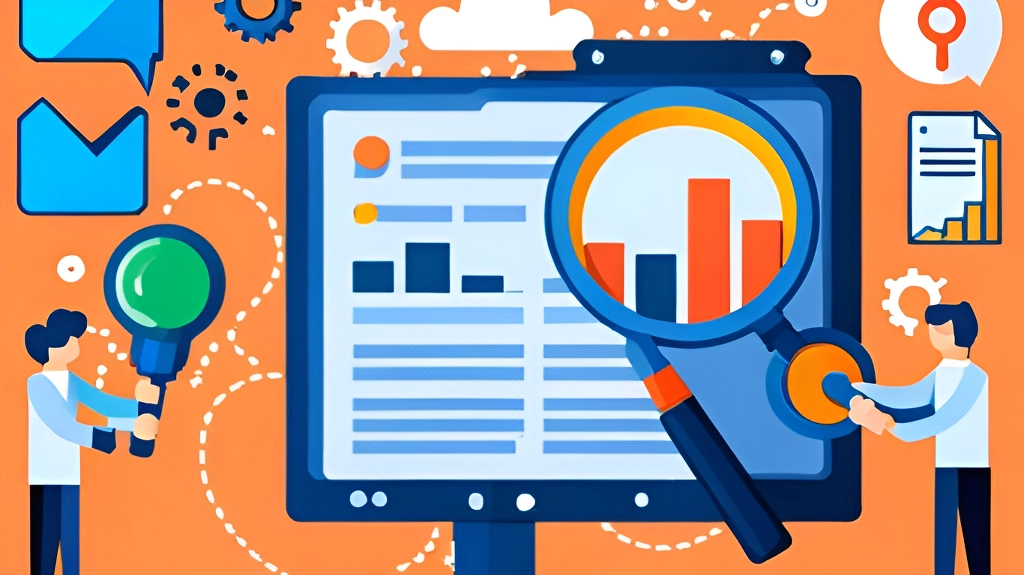Demystifying APIs: A Beginner’s Introduction and Use Cases

In the digital landscape, APIs (Application Programming Interfaces) play a fundamental role in connecting different software applications, enabling them to communicate and share data seamlessly. For beginners, APIs may seem like complex technical jargon, but in reality, they serve as powerful tools that simplify integration and expand the capabilities of software systems. In this beginner’s guide, we will demystify APIs, explaining what they are, how they work, and explore their various use cases.
Understanding APIs: What are they?
An API is a set of rules and protocols that allows different software applications to interact and exchange data with each other. It acts as a bridge between applications, enabling them to communicate and perform specific tasks without having to understand each other’s internal workings. APIs define the methods and data formats that applications can use to request and share information, creating a standardized way for them to work together.
How APIs Work
APIs work on the principle of request and response. One application sends a request to the API, specifying the desired action or information. The API then processes the request and sends back a response containing the relevant data or the result of the action.
To put it simply, consider an analogy of a restaurant. The kitchen in a restaurant represents the application’s internal workings, where the actual cooking and food preparation take place. The waiter acts as the API, taking orders (requests) from the customers (other applications), communicating the order to the kitchen, and delivering the food (response) back to the customers.
Common Types of APIs
1. Web APIs (RESTful APIs):
Web APIs, also known as RESTful APIs, are the most common type of APIs used on the internet. They follow the principles of Representational State Transfer (REST) and are accessible through standard HTTP methods like GET, POST, PUT, DELETE, etc. Web APIs allow developers to access and manipulate resources (data) on remote servers using simple URLs.
2. SOAP APIs:
Simple Object Access Protocol (SOAP) APIs are a more traditional type of API that use XML messages to facilitate communication between applications. They have a more rigid structure and are commonly used in enterprise-level systems.
3. GraphQL APIs:
GraphQL APIs offer a more flexible approach to data retrieval, allowing clients to specify exactly what data they need. Unlike RESTful APIs, which return fixed data structures, GraphQL APIs allow clients to request only the required data, reducing over-fetching and improving performance.
Use Cases of APIs
APIs have a wide range of use cases and are employed in various industries and applications:
1. Social Media Integration:
APIs allow developers to integrate social media platforms into applications, enabling users to sign in with their social media accounts, share content, and access social data.
2. Payment Gateways:
Payment APIs enable seamless integration of payment processing services, making it possible for e-commerce websites to accept online payments securely.
3. Mapping and Location Services:
APIs like Google Maps API provide developers with access to mapping and location data, allowing them to incorporate interactive maps and location-based services into applications.
4. Weather Data:
Weather APIs provide real-time weather information, which can be integrated into weather applications, travel apps, and other platforms.
5. Cloud Services:
Cloud service APIs allow developers to interact with cloud platforms, enabling scalable storage, computing power, and other cloud-based functionalities.
6. Integration with Third-Party Services:
APIs facilitate integration with third-party services, such as email marketing platforms, analytics tools, and customer relationship management (CRM) systems.
7. Internet of Things (IoT):
APIs are essential for connecting IoT devices and allowing them to communicate with each other and with applications.
Benefits of Using APIs
APIs offer numerous benefits to both developers and end-users:
1. Efficiency and Productivity:
APIs streamline development processes by providing pre-built functionalities, reducing development time and effort.
2. Scalability:
APIs enable applications to scale by offloading specific tasks to specialized services.
3. Flexibility:
APIs allow developers to customize and extend the capabilities of applications by integrating with various services and platforms.
4. Interoperability:
APIs promote interoperability, allowing different applications to work together regardless of their underlying technologies.
5. Improved User Experience:
APIs enable the creation of feature-rich applications that provide a better user experience and more comprehensive functionality.
Conclusion
APIs are the backbone of modern software development, powering seamless integration between applications and services. As a beginner, understanding the basics of APIs opens up a world of possibilities for creating powerful and feature-rich applications. From social media integration to payment processing and location services, APIs play a significant role in enhancing the capabilities of software systems.
As technology continues to evolve, APIs will remain at the forefront of innovation, facilitating the development of connected and data-driven applications across industries. Embrace the power of APIs, and you’ll unlock a whole new realm of possibilities in the world of software development and integration.



